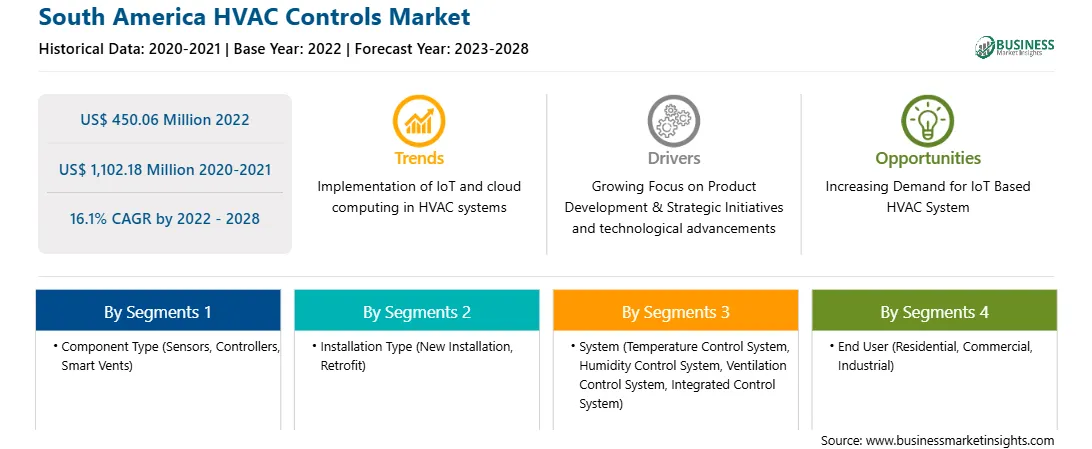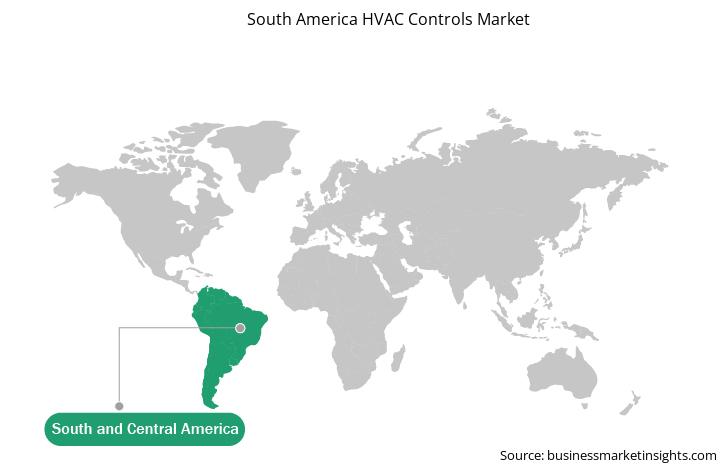Cloud computing aids in data storage, process execution, and business operation by enabling internet servers to function across a distant area. It has developed into a catalyst for IT innovation in many businesses. Contractors maintain a range of data in HVAC systems, including information about HVAC loads, building equipment, bids, and maintenance activities, which are produced in several separate systems. Manually gathering such data increases the chance of data loss and the likelihood of misinterpretation. A single platform, such as cloud computing, can be utilized to address this issue and enable access to everyone involved in the project. A cloud platform simplifies updating information about the project, customer requirements, and equipment and control selection. The same information can also be referred to in the future. Cloud computing has made following laws, selecting energy-efficient HVAC systems and controls, assessing HVAC load, storing sales data, and preserving data for technicians a lot easier. Thus, rising adoption of cloud computing in HVAC is likely to create opportunity in HVAC controls market.
With the new features and technologies, vendors can attract new customers and expand their footprints in emerging markets. This factor is likely to drive the South America HVAC controls market. The South America HVAC controls market is expected to grow at a good CAGR during the forecast period.
South America HVAC Controls Market Revenue and Forecast to 2028 (US$ Million
)
Strategic insights for the South America HVAC Controls provides data-driven analysis of the industry landscape, including current trends, key players, and regional nuances. These insights offer actionable recommendations, enabling readers to differentiate themselves from competitors by identifying untapped segments or developing unique value propositions. Leveraging data analytics, these insights help industry players anticipate the market shifts, whether investors, manufacturers, or other stakeholders. A future-oriented perspective is essential, helping stakeholders anticipate market shifts and position themselves for long-term success in this dynamic region. Ultimately, effective strategic insights empower readers to make informed decisions that drive profitability and achieve their business objectives within the market. The geographic scope of the South America HVAC Controls refers to the specific areas in which a business operates and competes. Understanding local distinctions, such as diverse consumer preferences (e.g., demand for specific plug types or battery backup durations), varying economic conditions, and regulatory environments, is crucial for tailoring strategies to specific markets. Businesses can expand their reach by identifying underserved areas or adapting their offerings to meet local demands. A clear market focus allows for more effective resource allocation, targeted marketing campaigns, and better positioning against local competitors, ultimately driving growth in those targeted areas.South America HVAC Controls Strategic Insights

South America HVAC Controls Report Scope
Report Attribute
Details
Market size in 2022
US$ 450.06 Million
Market Size by 2028
US$ 1,102.18 Million
Global CAGR (2022 - 2028)
16.1%
Historical Data
2020-2021
Forecast period
2023-2028
Segments Covered
By Component Type
By Installation Type
By System
By End User
Regions and Countries Covered
South and Central America
Market leaders and key company profiles
South America HVAC Controls Regional Insights

South America HVAC Controls Market Segmentation
The South America HVAC controls market is segmented based on by component type, installation, system, end user, and country. Based on component, the South America HVAC controls market is divided into sensors, controllers, smart vents, and others. The smart vents segment dominated the South America HVAC controls market in 2022. Based on installation, the South America HVAC controls market is categorized into new installation and retrofit. The new installation segment dominated the South America HVAC controls market in 2022. Based on system, the South America HVAC controls market is categorized into temperature control system, humidity control system, ventilation control system, and integrated control system. The humidity control system segment dominated the South America HVAC controls market in 2022. Based on end user, the South America HVAC controls market is categorized into residential, commercial, and industrial. The commercial segment dominated the South America HVAC controls market in 2022. Based on country, the South America HVAC controls market is segmented into Brazil, Argentina, and Rest of South America. Brazil dominated the South America HVAC controls market in 2022.
Carrier Global Corporation; DAIKIN INDUSTRIES, Ltd.; Delta Controls; Distech Control; Emerson Electric Co.; Honeywell International Inc.; Johnson Controls, Inc.; Schneider Electric SE; Siemens AG; and Lennox International Inc. by Altair are among the leading companies in the South America HVAC controls market.
The South America HVAC Controls Market is valued at US$ 450.06 Million in 2022, it is projected to reach US$ 1,102.18 Million by 2028.
As per our report South America HVAC Controls Market, the market size is valued at US$ 450.06 Million in 2022, projecting it to reach US$ 1,102.18 Million by 2028. This translates to a CAGR of approximately 16.1% during the forecast period.
The South America HVAC Controls Market report typically cover these key segments-
The historic period, base year, and forecast period can vary slightly depending on the specific market research report. However, for the South America HVAC Controls Market report:
The South America HVAC Controls Market is populated by several key players, each contributing to its growth and innovation. Some of the major players include:
The South America HVAC Controls Market report is valuable for diverse stakeholders, including:
Essentially, anyone involved in or considering involvement in the South America HVAC Controls Market value chain can benefit from the information contained in a comprehensive market report.